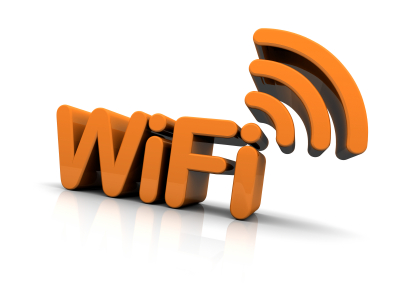by: Tom Corelis

A map of the electromagnetic (radio) spectrum. Parts of the allocation for Digital Television (DTV) are deeply coveted by device makers. (Source: Astrophysics Department, Georgia State University)
Promises to minimize interference with TV, microphone signals
The Federal Communications Commission gave its unanimous approval (PDF) for white space Wi-Fi Tuesday, allowing manufacturers to build unlicensed wireless devices that make use of vacant DTV channels.
While the spectrum will effectively be a free-for-all, white space wireless devices will have to operate under a number of conditions, and will be subject to FCC certification. Devices wishing to use vacant channels of the DTV spectrum must have the ability to scan the spectrum for available frequencies, as well as the ability to geolocate itself and cross-link its location with an internet database of occupied channels.
Devices incapable of geolocation and internet lookup can still be certified, however the requirements will be considerably higher.
White space Wi-Fi met with incredibly stiff resistance from TV broadcasters, stadium operators, and wireless microphone companies, among others. Broadcasters, in particular, are especially protective about their signals: unlike analog TV, DTV channels will chop in and out, or cut out completely, if the signal is weak or suffering from heavy interference.
The FCC says it will allow venues to register their wireless microphones and other gear with the same database used by TV stations, in order to prevent interference at events. The certification process will also be open to the public, and devices seeking approval will be subject to both lab and real-world environments. Further, devices found to be interfering with existing wireless signals will be “promptly removed from the market.”
FCC Chairman Kevin Martin called the introduction of white space Wi-Fi devices a “significant victory for consumers,” noting that plans to open the spectrum held conditions to protect “primary spectrum users” from the very beginning of development.
Device manufacturers covet the TV allocation for its ability to penetrate obstructions; 2.4 GHz and 5.3 GHz devices struggle with barriers such as walls due to their shorter wavelength.
Recent testing found that a variety of rough prototype devices, submitted for evaluation by Microsoft, Motorola, Philips, and others, worked well enough for Martin to consider the technology at “proof of concept” status, as of mid-October. At the time, devices were able to detect a TV signal as weak as -126 dBm in a lab environment (a higher number represents a stronger signal). By comparison, the signal strength of an out-of-range 2.4 GHz wireless router is often be in the range of -80 to -150 dBm.
